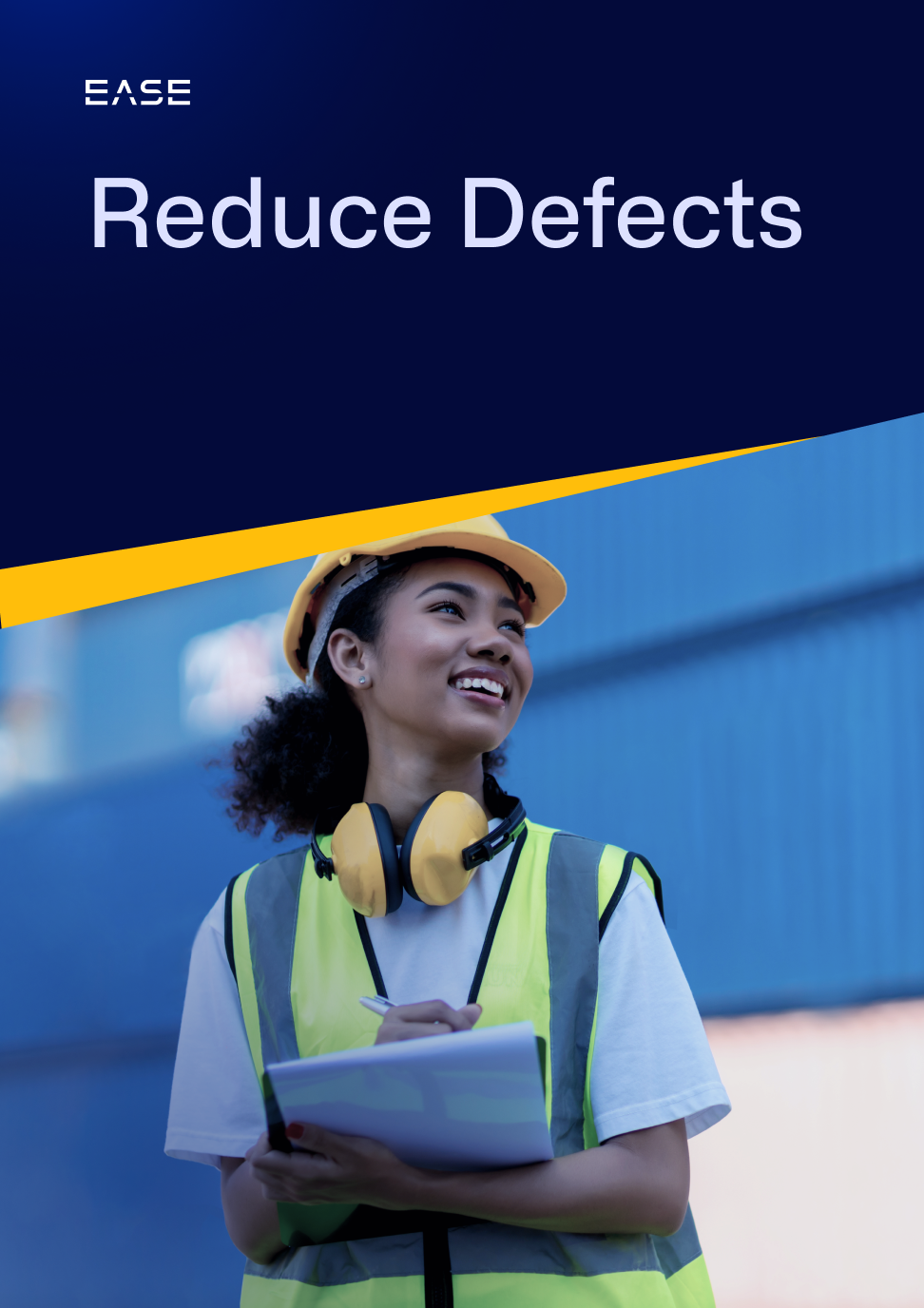Are Your Layered Process Audits Taking Too Long?

The basic purpose of layered process audit (LPA) programs is to get more eyes on processes so you can identify non-conformances and prevent defects. What many don’t know, however, is that the time it takes to complete LPAs directly impacts their effectiveness.
Consider the following scenario: A supervisor has 10 work cells to audit in a given week. Each day, the supervisor must audit five cells in order to cover all 10 that week. When they arrive at the first cell on Monday, it takes an hour to get through all of the questions.
What’s the chance the supervisor will complete even a second audit that day, let alone five? If you guessed slim to none, you guessed correctly.
The outcome is less visibility, less buy-in, and less likelihood of catching that process non-conformance that leads to your next customer complaint.
Today we explore how to tell if your LPAs are taking too long and why it’s so important to avoid this mistake. We also look at key strategies to keep them short to complete more audits—and gather more data—efficiently.
Download your free Ultimate Guide to Layered Process Audits for more LPA best practices
How Long Should a Layered Process Audit Take?
Ideally, a layered process audit should only take about 10 minutes to complete, with a maximum of 15 minutes.
Why is this so important? There are several reasons:
- It allows you to cover more ground: Your goal should be to send auditors to each work cell frequently. Longer audits mean getting to fewer workstations, which means each work cell is checked less frequently. Infrequent audits are what leave room for quality escapes.
- It helps increase buy-in for your audit program: When audits take too long to complete, it frustrates both auditors and the operators being audited. Keeping them concise shows respect for your team’s time and helps more people get on board with what you’re trying to achieve.
- It helps increase audit completion rates: Shorter audits are less burdensome and therefore less likely to be skipped. Increasing audit completion rates is key to getting visibility into plant floor risks.
Signs Your Layered Process Audits Are Taking Too Long
So how do you know if your LPAs are taking too long? Here are some signs that could point to this problem in your plant:
- Audit duration: If you use LPA software, you can track how long it’s taking to complete audits to see if they are exceeding 15 minutes.
- Audit completion rate: Low audit completion rates could be a sign that people are skipping their audits because they take too long.
- Long checklists: A 10-minute audit should only have about 10 questions on the checklist. That means each LPA question needs to be concise enough to answer in about a minute or so.
Tips for Keeping Layered Process Audits Short
The main strategies for keeping LPAs fast and easy come down to audit structure and how you design LPA questions. Using LPA software can also play a pivotal role in helping complete audits and capture findings quickly and efficiently.
In terms of audit structure, a good length to aim for is 10 questions. The most effective strategy is to include a mix of different question types, including ones related to:
- Process-specific inputs and risks
- Safety
- 5S
- The 6Ms
- Continuous improvement
- Customer complaints
You may need to revise questions to ensure they are easy to answer. LPA questions should be concise and written in a format simple enough for non-experts to understand. Just as important, questions must provide clear evidence of compliance in order for people to answer them quickly.
Finally, LPA software like EASE can help make audits more efficient and effective in several ways:
- Reduced paperwork: Auditors don’t have to find and fill out paper forms to complete their audits. Instead, they can get a link straight to a digital checklist from their mobile device.
- Question randomization and rotation: The ability to rotate and randomize questions lets you cover a wide range of standards and known issues without extensive checklists.
- Audit photos: Attaching photos of ‘good’ vs. ‘bad’ provides clear evidence so auditors can answer questions quickly. This same function allows them to capture evidence of non-conformances with a photo, rather than having to take the time to write it out.
For LPAs to work, they must be frequent. To make frequent audits happen, they must be fast and easy to complete. Keeping audits to roughly 10 minutes requires a short checklist with clear and simple questions that can be answered by non-experts. LPA software can help achieve this goal, so you can audit more locations more frequently and better prevent quality escapes.
